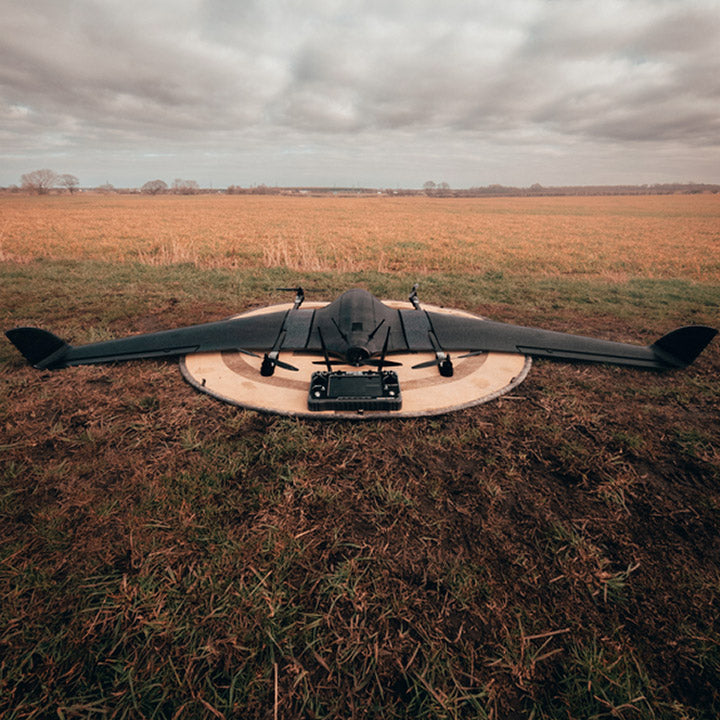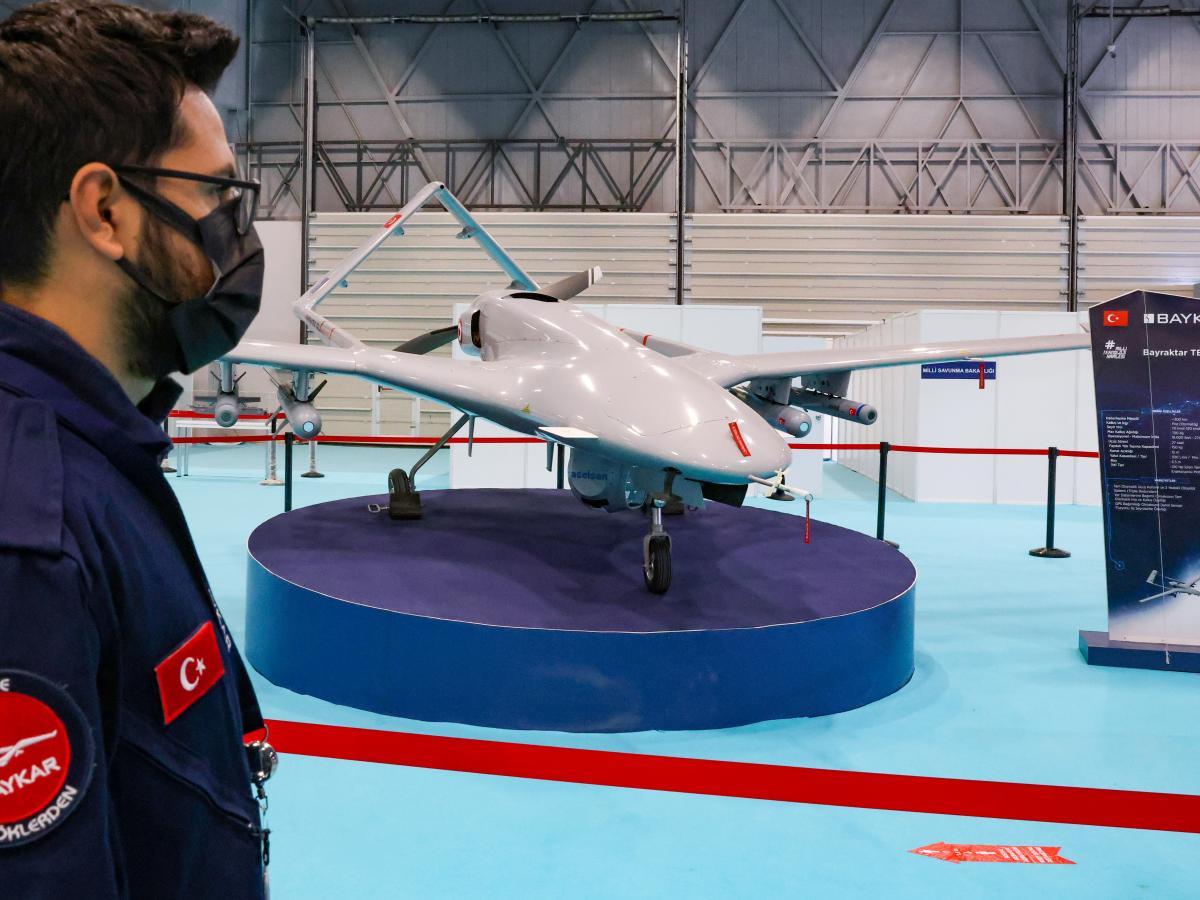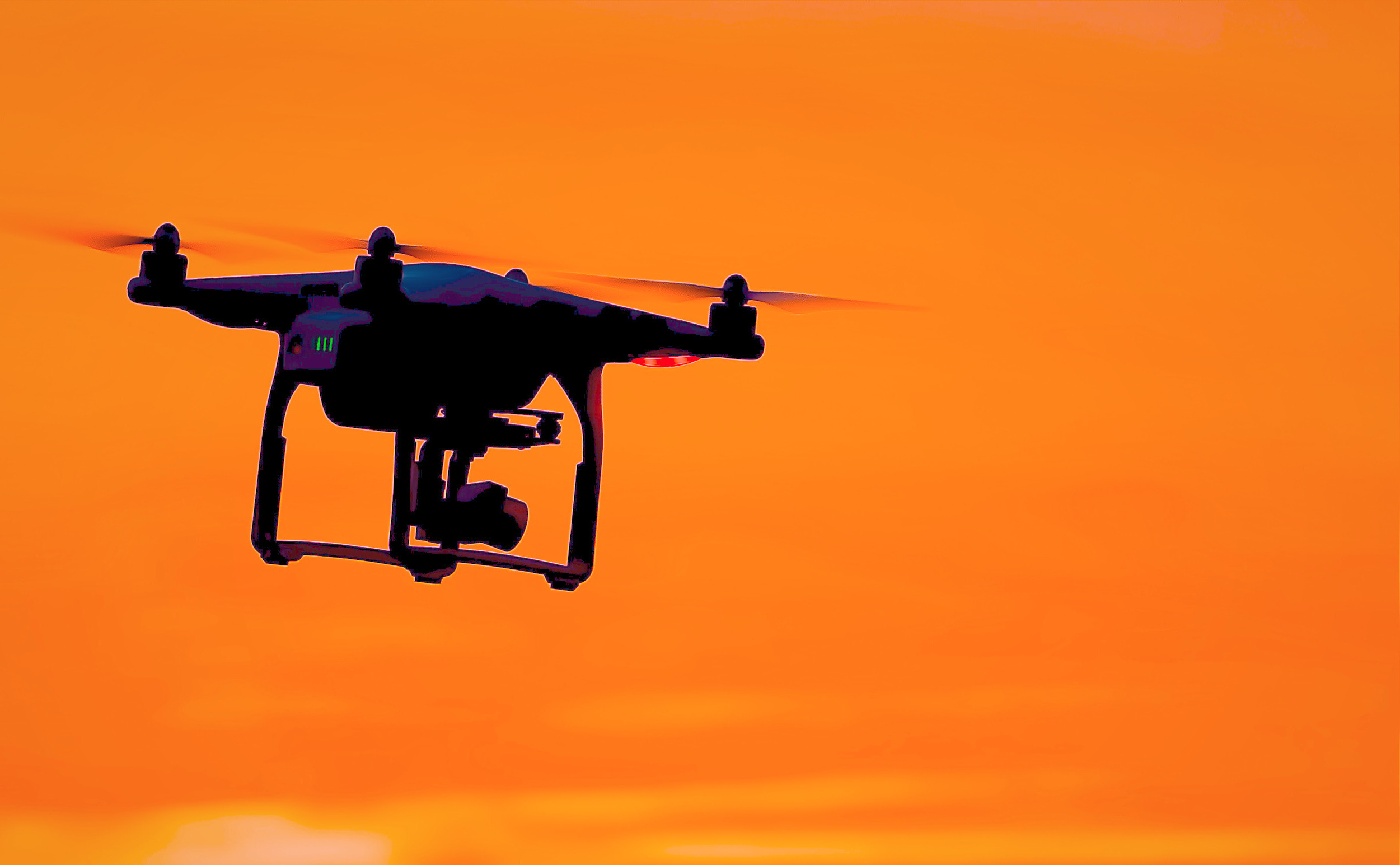
It is necessary to receive extensive training if you are going to be able operate a drone commercially. This article discusses certification, Nofly zones and other regulations. It also covers the cost of certification and the requirements for commercial operations. The essential steps required to become an drone pilot are listed below. For more information, please read on! These are some useful tips to help get you started as a pilot. We have everything you need to start:
Extensive training is paramount to becoming a drone pilot
Comprehensive training is necessary if you want to be a drone pilot. You will need to decide what your goals are. Drone training can help with the various skills needed to operate these unmanned aircraft vehicles. After you've learned how to fly drones you can then choose to specialize. You can learn to fly drones and capture stunning shots of your property if you're interested in aerial photography. Other areas you could specialize include real estate and industrial inspection.
Drones cannot fly within designated no-fly zones
Drone pilots can't fly in certain areas of airspace. These areas are areas above territorial waters or areas on land. These areas are prohibited from being flies by pilots unless they have been granted permission. Below are some examples and laws that govern flight restrictions. Read the regulations carefully to determine which areas are prohibited from drone use. Below are some examples of drone restrictions.

Certification cost
There are several different types of certifications and courses available for drone pilots. You can spend as little as $500 on training to become a drone pilot, depending on what you are looking to do with them. There are key differences among these programs. Before you can become certified as a drone pilot, you will need the right skills. When comparing the costs of drone pilot certification, here are some points you should keep in mind. To become a drone pilot certified, you must first determine if your mental and physical abilities are sufficient to operate a drone.
Commercial drone operation requirements
You must be licensed before you can operate a drone commercially. A commercial drone license is only available to those who are at least 16 years of age and can show a valid government-issued identification. After passing your test you must complete recurrent Training within 24 Months of getting your commercial drone licence. While this process can take some time, it is worth the effort because you can work from home and earn money on your own terms.
There are other things to consider before you become a drone pilot
You should be aware that flying drones is risky. Make sure you do a thorough preflight inspection. You also need to be familiar with maps. It is also important to understand the dangers and restrictions in your local area, and to create a list with control measures to reduce these risks. Safety should always be your main priority.

FAQ
What is the law regarding drones flying over private property
The FAA has recently issued new rules for commercial drone flights. These rules apply only to UAVs weighing less than 55 pounds and flying below 400 feet above ground level. Commercial operators will need to register with FAA and get a license from agency. They also need permission from local authorities when operating near airports or other restricted areas.
Can I fly my drone indoors
You can fly your drone indoors. You just have to ensure no obstacles or hazards inside your home. You should not fly near windows, doors or heating vents.
Where are Drones Banned?
The FAA has banned drones in areas near airports and stadiums. They allow them to fly at nights using GPS technology.
Can I fly my drone around my neighborhood?
Yes! These are called UAVs (unmanned aerial vehicles). There are many kinds of drones today. They range from small quadcopters, to large fixed-wing planes. New rules have been issued by the FAA regarding commercial use of UAVs. This means that you can legally fly them for business purposes. It is important to remember that UAVs are not allowed near airports.
Statistics
- According to the multiple listing service (MLS), houses and apartments with drone photographs are up to 68 percent more likely to sell than those without pictures. (thedroneu.com)
- Research and Markets predict a growth rate of 51.1% over the next five years. (thedroneu.com)
- According to industry research from ZipRecruiter , there are 10 cities where the typical salary for a Drone Pilot job is above the national average. (dronesgator.com)
External Links
How To
How to Fly Drones at a Beginning Level
A drone is an unmanned aerial vehicle that can be remotely controlled and used for surveillance, aerial photography, film production, research, and other hobby purposes. Drone technology has been around since World War II. DJI's Phantom quadcopters became commercially available in 2010. There have been many types of drones since then, including beginner-friendly drones like the Parrot AR Drone 2.0 and professional-grade multi-rotor crafts like the DJI Mavic Pro.
There are many ways to fly a drone.
-
Remote control: This uses a remote control device that attaches to your hand and allows you control the drone along its flight path. There are two main types of controllers: On/Off switches (like a radio) and joysticks.
-
Manual Control – This method lets users remotely control the drone by using a smartphone app. You will need to keep track of where the drone is going and follow the directions from the app.
-
Autonomous Flying - This allows the drone to take over all of the piloting duties. It's basically flying autonomously without any human intervention. A drone must have a builtin camera and sensors capable to capture images and other data.
-
Triggered Flight – This method is very similar to manual flight. The pilot creates a route that the drone will follow until it reaches the destination. After the preprogrammed route is complete, the drone will automatically land and return to its base.
-
Landing Gear: Some drones have landing gear that allows them safely to land in case they lose power or run low on battery.
-
Goggles – Pilots often wear goggles while flying to keep themselves safe from any debris.
-
Camera - You can capture photos and videos with your drone from the air.
-
Obstacles – Some drones have obstacle avoidance systems that stop them from colliding with obstacles.
-
Speed - Some drones can travel at speeds over 40 mph.
-
Battery Life - Most drones can last between 20 minutes to 3 hours, depending on how much power you're using.
-
Distance - Some drones can travel up 30 miles depending on the model.
-
Power source - Not all drones can use an external power source. Others can run on internal batteries.
-
Weight - Some drones have a weight of less than 1 pound and others weigh 4 lbs.
-
Size - Drones come in many sizes, from small gadgets that fit in one's hands to large craft that weigh more than 50 lbs.
-
Price - From high-end models that cost thousands of dollars to low-cost options that start at $100, all drones fall under a certain price category.